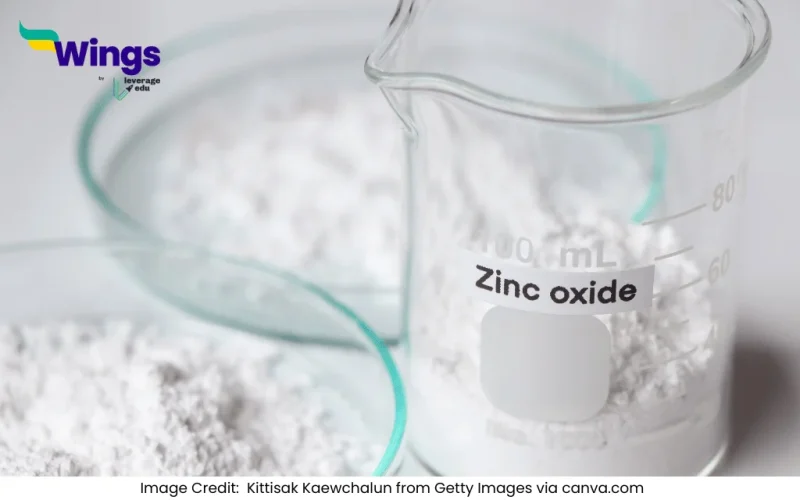The answer is Zn2O2 which is simplified to ZnO.
Understanding how chemical formulas are constructed involves the concept of valency. Valency is the combining capacity of an element, determining how atoms of different elements bond to form compounds. Let’s use this knowledge to construct the formula for zinc oxide.
What is valency?
Valency represents the number of electrons an atom can gain, lose, or share to achieve a stable electronic configuration. For example:
- Zinc (Zn) has a valency of 2, meaning it can lose two electrons.
- Oxygen (O) also has a valency of 2, meaning it can gain two electrons.
How does zinc bond with oxygen?
Zinc is a metal that tends to lose electrons to form a positively charged ion (Zn²⁺). Oxygen, on the other hand, is a non-metal that gains electrons to form a negatively charged ion (O²⁻).
When zinc and oxygen combine:
- One zinc atom donates its two electrons to one oxygen atom.
- This transfer of electrons creates ionic bonds between the ions, resulting in a neutral compound.
Constructing the formula for zinc oxide
To determine the formula, we balance the charges of the ions:
- The charge on a zinc ion is +2 (Zn²⁺).
- The charge on an oxygen ion is -2 (O²⁻).
Since the charges are equal in magnitude but opposite in sign, one zinc ion combines with one oxygen ion to balance the charges, forming a neutral compound.
Thus, the formula for zinc oxide is ZnO.
Why is the formula ZnO and not something else?
In ZnO:
- One atom of zinc (Zn) provides +2 charge.
- One atom of oxygen (O) provides -2 charge.
When these charges combine, they cancel each other out, resulting in a stable compound with no net charge.
Applications of zinc oxide
Zinc oxide is a widely used compound with applications in various industries, including:
- Medicine: It is used in creams and ointments for its skin-soothing properties.
- Cosmetics: Found in sunscreens due to its ability to block ultraviolet rays.
- Rubber Industry: Used as an additive in the manufacture of rubber products.
Understanding how to construct chemical formulas is crucial for mastering basic chemistry concepts.
Common Doubts
 60,000+ students trusted us with their dreams. Take the first step today!
60,000+ students trusted us with their dreams. Take the first step today!


 One app for all your study abroad needs
One app for all your study abroad needs










